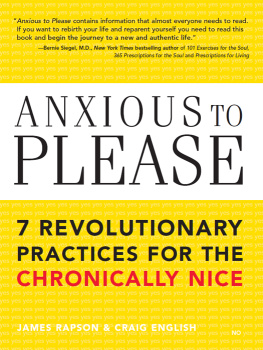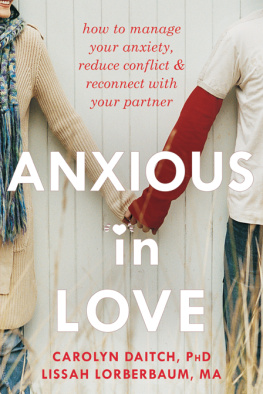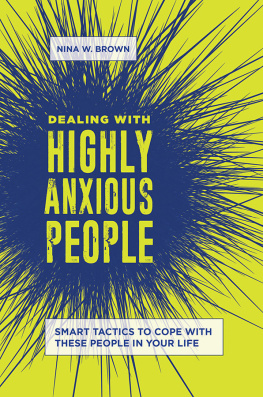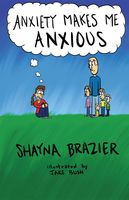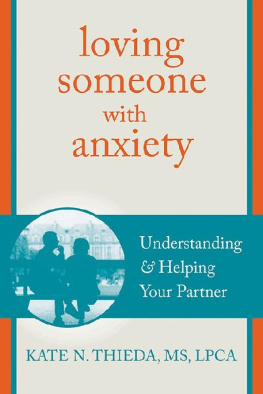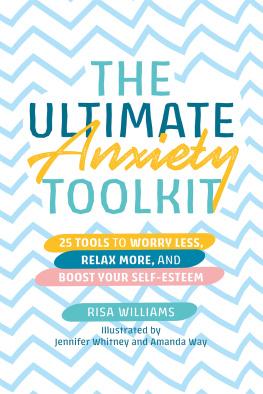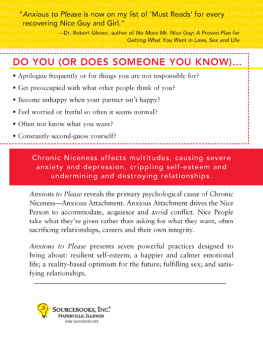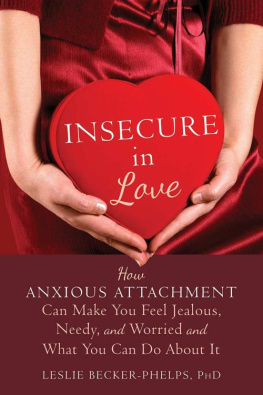About the Authors

Jerry Davis
James Rapson, M.S., LMFT, is a clinical member of the American Association of Marriage and Family Therapists, the U.S. Association of Body Psychotherapists, and the Center for Object Relations in Seattle. Mr. Rapson is a veteran therapist who combines hard-won personal insight with clinical experience and scholarship. The journey of healing and growth in his own life has been greatly amplified by the courageous men and women with whom he has the privilege to work. Mr. Rapsons focus on human connection, coupled with his penchant for innovation, has led him to develop programs such as Group of Dads, Couples in Motion, and The Shared Vision Project. James collaboration with Craig has led to the development of numerous seminars, workshops, and classes.
An avid learner, James draws from a diverse background that includes early career forays in the worlds of music, software engineering, theater, and religion, as well as even earlier exploits on the football field and wrestling mat. These days his wrestling is mostly limited to matters of the mind and heart, though he continues to play piano, write poetry, and take the occasional raft trip down a northwest river. He has a private practice in Bellevue, Washington.

Jerry Davis
Craig English, M.F.A., is an award-winning writer with extensive experience in both nonfiction and fiction. He is the founder of the much-published Commoners writing group in Seattle, Washington. A dynamic lecturer, teacher, and workshop leader, he draws from the wisdom traditions of both East and West to deliver a message that is warm, tough, funny, and poignant.
Mr. English performed as a professional actor for twenty-five years, with numerous J credits on stage, television, and radio. He has cofounded such diverse projects as a groundbreaking Montessori middle school and a highly-regarded Shakespearean theater company. Among his interests, Craig counts hiking, kayaking, skiing, drinking tea, cooking, reading, and laughing.
Craig and James first met in 1965 on a grade school playground in Santa Barbara, California, and discovered that they shared a similar offbeat sense of humor. They have marked the stages of life together with comic books and ping-pong marathons, dreams of kissing the perfect girl and becoming rock stars, college hijinks and geographical relocations, through buying homes, raising children, and earning some gray hairs along the way. They are, forty years later, still best friends.
ACKNOWLEDGMENTS
We are deeply grateful for the impeccable guidance and friendship of our agent, Andrea Hurst, who had the vision and courage to believe in this project and know where it needed to go. Many heartfelt thanks as well for the deft hand and buoyant spirit of our editor, Bethany Brown at Sourcebooks, Inc.
Craig would like to particularly thank Robert and Sema English for a lifetime of love and support, not to mention the writing gene. Muchos gracias to The Commoners writing group (Stephanie Kallos, Ellen Parker, Ron Pellegrino, and Chi Chi Singler) for their honesty, humor, sharp eyes, and tireless work. Lastly, a special thanks to Monica Sweet who not only dreamed the name of this book, but has tested its message day-by-day as a partner, instigator, guinea pig, cheerleader, guru, doctor, deliverer of tea and good cheer, and Transforming Woman.
Many others have contributed to this book and the personal sojourn it represents. We would like to express our appreciation for the support, guidance, and inspiration of the following people:
Shari Barnes, John Bradshaw, Steve Brush, Robert Cumbow, Mary Anne Dorward, Catherine Duke, Dr. Judy Eekhoff, Mike Ferraro and the great folks at Julias Cafe, Betsy Gilbert, Caryl Greene, Dr. Sarah Groen-Coleyn, Rachel Jay, Stephanie Koontz, Jim Labe and the staff at Teahouse Kuan Yin, Alice Lee, Elizabeth Lyon, Genene Murphy, Janet Page, Shannon Patterson, Denise Silva, Tammy Schlief, Tony Soper, Jim The Wizard Strange, Dr. Tim Weber, Bob Weeks, Ted Weinstein, Judith Wills, Dr. David York, Michael J. and Obi-Wan, and Rachel Young.
And a special thank you to all the men and women who so graciously allowed themselves to be interviewed, as well as the many patients and students whose stories have moved and instructed us more than they can know.
How to Make a Nice Person: The Enduring Effects of Anxious Attachment
Take a puppy away from his mother, place him alone in a wicker pen, and you will witness the universal mammalian reaction to the rupture of an attachment bonda reflection of the limbic architecture mammals share. Short separations provoke an acute response known as protest, while prolonged separations yield the physiologic state of despair.
THOMAS LEWIS
and down they forgot as up they grew.
E.E. CUMMINGS
IT ALL BEGAN WHEN I WAS A CHILD
The comedian Steven Wright joked that, while he didnt think that being born by C-section had really affected him, "every time I leave my house I have to go out through the window. Our culture has come to accept the notion that the way we feel and behave is related to the way in which we grew up. It will probably not, then, tie you into knots when we suggest that the psychological roots of the Nice Person originated in his or her childhood.
Nice People come in a wide variety of packages and from quite diverse backgrounds and ethnicities. But they all share a common foundational loss, going back to the earliest days of childhood. From this loss springs the anxiety and fear that drive the Nice Persons behavior.
EMPHASIZING MOTHERS
Recent research shows that fathers are extremely important in raising healthy children. Nevertheless, moms and dads are not simply interchangeable. In this chapter we emphasize the unique role of mothers in establishing the essential, primary bond that supports a babys development in early childhood.
The loss that we are talking about is the lack of reliable, consistent, and attuned love from the mother (or primary care giver). This loss prevents the formation of secure attachment, which is the healthy bond between mother and child.
A LITTLE ABOUT SECURE ATTACHMENT
Like an invisible umbilicus, the bond of secure attachment provides a conduit for the unobstructed flow of emotional nourishment to the child, while similarly allowing for the needs of the child to flow to the mother. When the attachment is secure, the child feels comfortable needing mother and depending on her, and as the baby grows older this comfort can be extended to other caregivers. Eventually, the secure attachment that began with mother will blossom into the self-assuredness that will allow the child to form healthy and openhearted intimate relationships in adulthood.
Secure attachment is the emotional foundation for a calm and confident psyche in the growing child and adult. In order for secure attachment to develop, a baby must believe that his or her mother will:
- Be there when she is wanted or needed
- Be able and willing to provide what the child needs
- Offer love enthusiastically and consistently, without rejection or withdrawal
- Love effectively by staying in tune with the child, not being intrusive or demanding
GOOD-ENOUGH MOTHERS
The phrase good-enough mother was coined by renowned psychologist and researcher Donald Winnicott to capture the concept that minor failures in parenting, while frustrating for the child, are essential to his development. These small frustrations actually propel him to form an internal representation of his loving mother, which will tide him over during disturbing times. As he grows, this inner resource gets integrated into his personality, making him more resilient and self-reliant.
Next page
